Ellen Søhoel, a remarkable entrepreneur from Norway, is a leading figure in interior design, architecture, and real estate development. In 2015, she founded XBD Collective, which is preparing for its 10th anniversary, a highly regarded design firm with offices in Dubai, London, and Kochi, renowned for its innovative and contemporary projects. Her impressive portfolio spans the hospitality, residential, and commercial sectors, with collaborations that include esteemed names such as Emaar, DAMAC, and prestigious luxury hotel brands.
What truly distinguishes Ellen is her astute business acumen and unwavering commitment to client satisfaction, which have solidified XBD Collective's reputation as a model of excellence. Beyond her design expertise, she has made a significant impact on Dubai's dynamic real estate market, transforming overlooked properties into highly desirable destinations. Her relentless pursuit of innovation and excellence has earned her widespread respect within the business community, serving as an inspiration to many aspiring professionals.
Helena Costa: What initially inspired your passion for interior design? Was there a moment or experience that guided you towards this career path?
Ellen Søhoel: Growing up in Norway, my love for design was shaped by the natural surroundings and the clean, minimalistic approach that defines Scandinavian style. I was always drawn to the harmony between form and function that this design philosophy embodies. Even from a young age, I had this instinctive ability to walk into a space and intuitively understand what it could become. While many people find it challenging to visualise an empty room in three dimensions, for me, it was second nature. I could effortlessly see how to transform a blank canvas into a space that not only looked beautiful but truly resonated with the people who would live or work in it.
My perspective shifted when I first visited family in Dubai in 2002. The city’s dynamic energy and limitless possibilities were captivating, and I saw an incredible opportunity to bring my vision to life on a much larger scale. Dubai represented a unique crossroads where tradition meets innovation, and it felt like the perfect place to master my craft and push the boundaries of design. That’s where my journey from visualising spaces to creating extraordinary environments for clients around the world truly began.
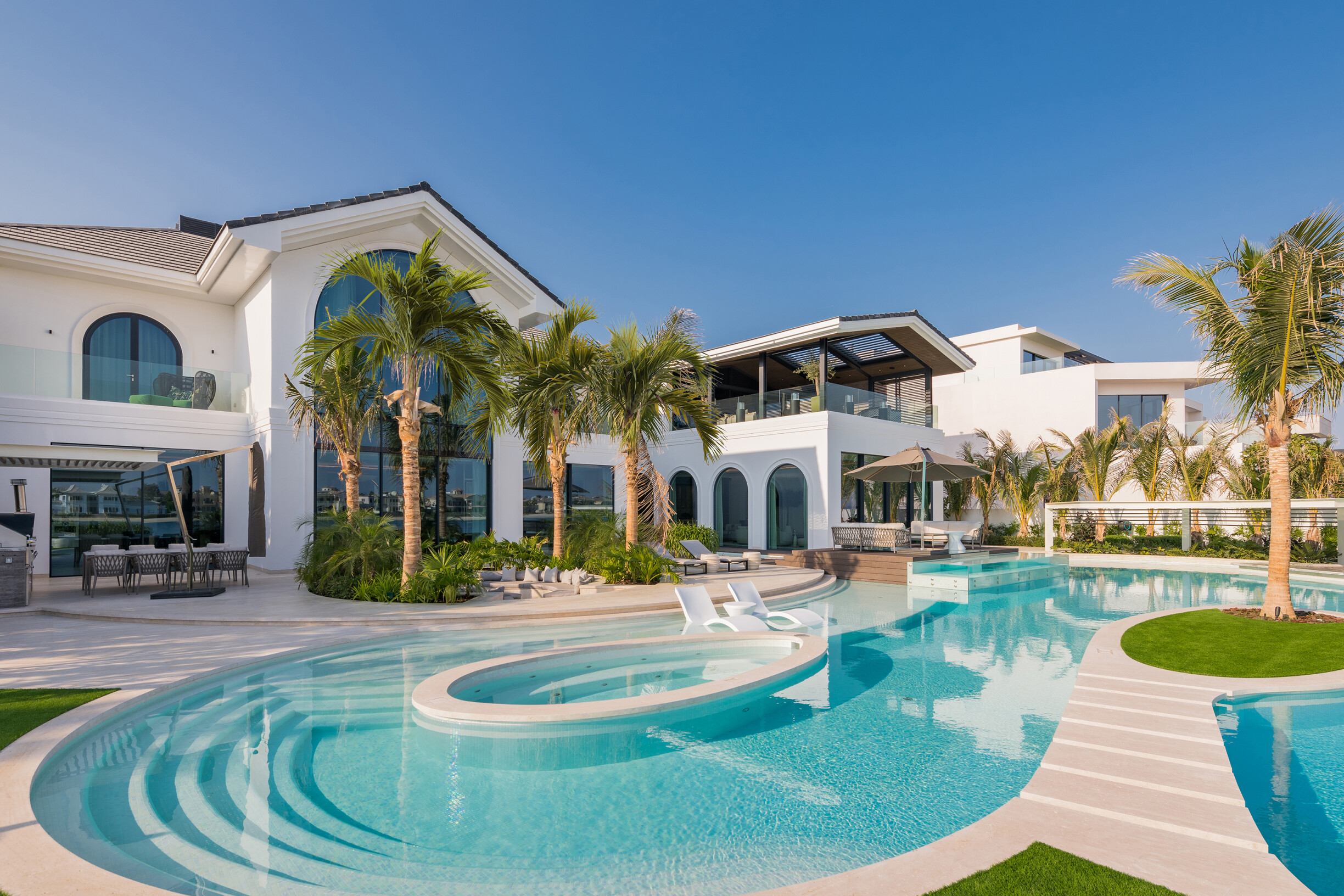
HC: XBD Collective is known for its avant-garde designs. How would you describe your design philosophy? What principles do you rely on when creating unique, functional spaces?
ES: At the core of my design philosophy are practicality, elegance, and sophistication. While these terms may seem conventional, they truly embody my belief in crafting timeless spaces that reflect the client's personality and evoke a sense of comfort and belonging, regardless of the environment—be it residential, commercial, or hospitality.
Recently, I’ve engaged in enlightening conversations with clients and industry colleagues about our virtual tours. Many have noted how XBD Collective has established a distinctive signature style that resonates across all our projects. This recognition is perhaps the highest compliment I could receive, affirming that our designs speak for themselves.
One of the most critical aspects of any project is the layout. Once set, it can be nearly impossible to alter, making it essential to approach this stage with precision and creativity. I encourage my team to embrace a "magician's" mindset in this regard, taking the time to refine the layout in the early phases of design. I’ve witnessed their incredible work and the transformative results they achieve within a space. Their ability to maximise functionality while maintaining aesthetic appeal never ceases to inspire me.
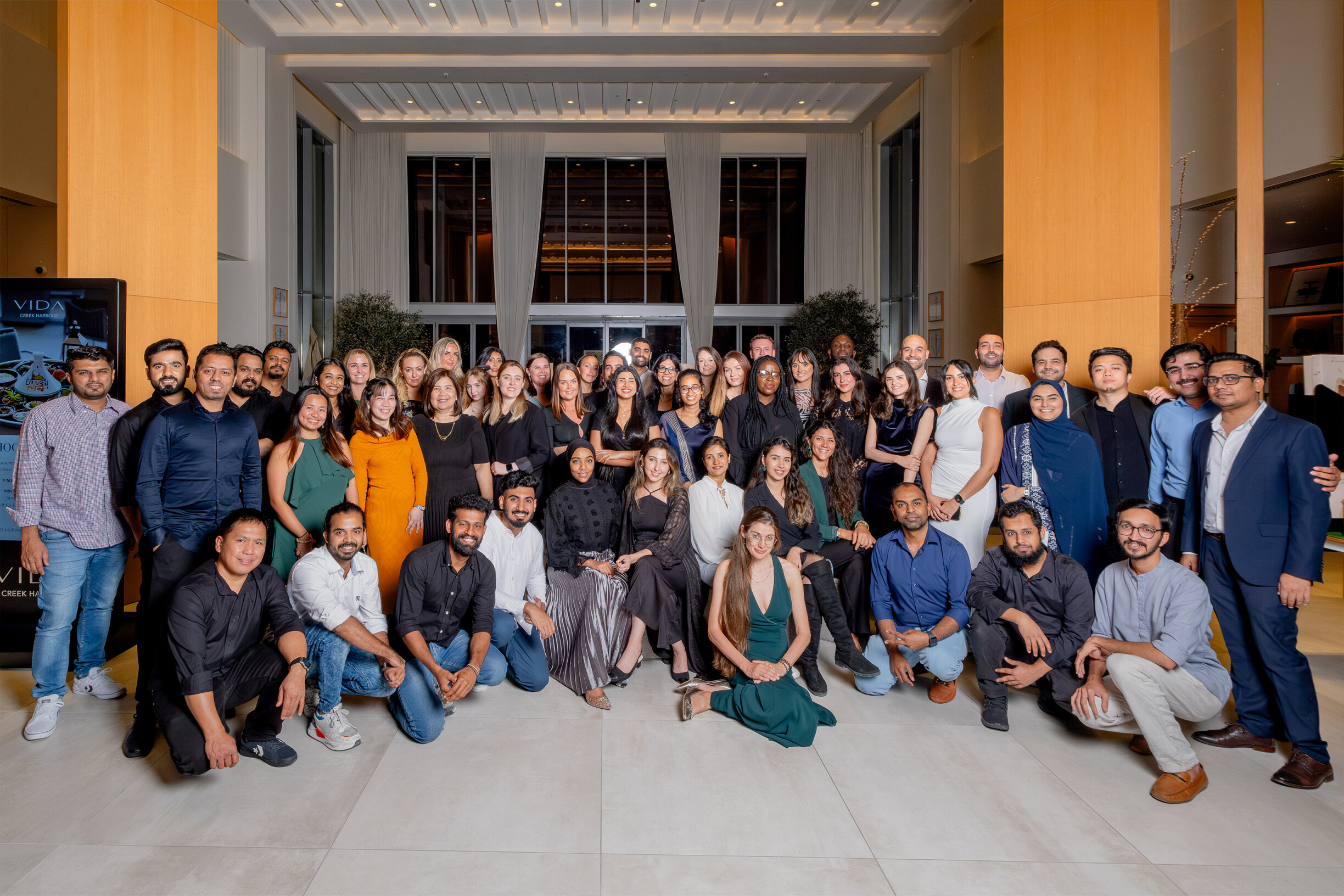

HC: As a female leader in the architecture and design industry, what unique challenges have you faced? How did you navigate these challenges to become the successful entrepreneur you are today?
ES: Throughout my career, being a woman has not hindered me in most areas; rather, it has often been a source of strength. However, the construction industry, with its traditionally male-dominated environment, does present unique challenges, particularly on site and in contracting. Interestingly, I find that my gender has rarely been an issue when working with clients, who tend to value expertise and vision above all else.
A more significant challenge has been striking the right balance between creativity and business acumen. As a leader, it’s crucial to ensure that every team member feels fulfilled in their role while also delivering the best possible results for the company. This duality requires a nuanced approach—being firm yet empathetic, establishing trust with clients while commanding respect as a credible design leader. I strive to embody a balance between what are often perceived as male and female leadership styles, bringing a bit of yin and yang to the table.
Additionally, as a single mother to my 15-year-old daughter, Sienna, I navigate the delicate balance of family life and work life with dedication. I am immensely grateful that the economic success of XBD Collective has afforded me the opportunity to provide Sienna with the best education, enriching hobbies, and memorable holidays. This balance allows me to be present for her while continuing to cultivate my passion for design. At the end of the day, my goal is to lead a successful company while sleeping soundly, knowing I’ve acted with integrity and compassion, both in my professional and personal life.
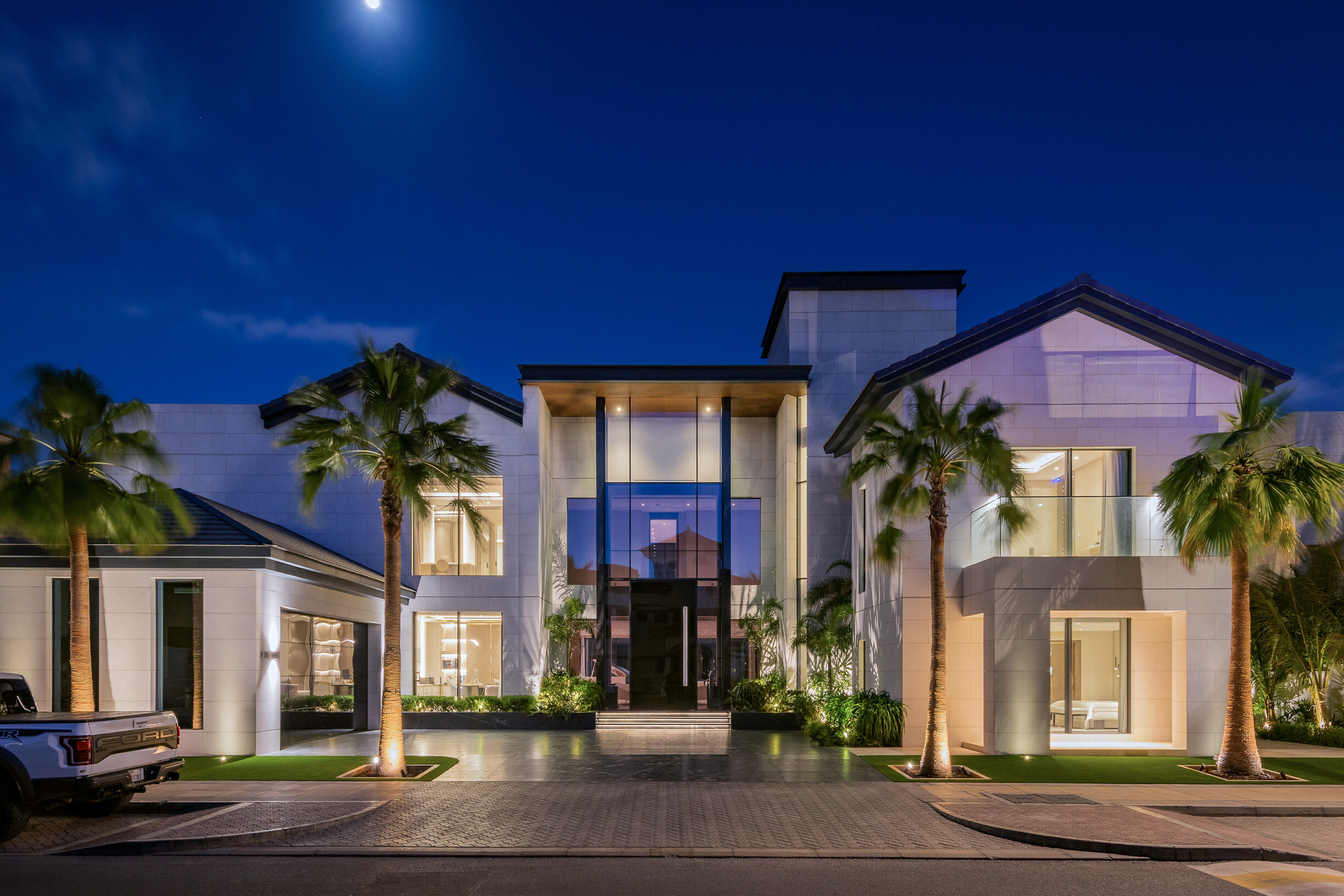
HC: Steve Jobs once said, “Design is not just what it looks like and feels like. Design is how it works.” How do you ensure your designs not only look stunning but are also highly functional and practical for clients?
ES: Understanding that functionality is not a one-size-fits-all concept is fundamental to my approach. Each client brings a unique set of needs, preferences, and lifestyles, making it essential to grasp these nuances to create truly effective spaces. What is practical for one individual or family might be completely unsuitable for another. This is where insights into human psychology and behavioural patterns become vital.
At XBD Collective, we prioritise this understanding right from the initial stages of a project. Our designers engage deeply with clients, taking the time to learn about their daily routines, family dynamics, and aspirations for their space. Research indicates that well-designed environments can improve mental health and productivity significantly. For example, a study published by the Building Research Establishment (BRE) revealed that access to natural light in office environments can enhance mood by up to 15% and boost productivity by as much as 25%.
This attentiveness to human behaviour ensures that our designs resonate on a personal level, making them not just visually stunning but also profoundly practical. For instance, in a family home, understanding how family members interact within the space can inform decisions on layout, storage, and communal areas.
As we explore the diverse cultures of the UAE and their unique lifestyles, this understanding becomes even more critical. The rich tapestry of traditions and customs informs how different families utilise their spaces, and as designers, we must respect and reflect that diversity in our work. Incorporating elements that align with cultural practices and family structures not only enhances functionality but also fosters a sense of belonging and comfort within the designed environment.
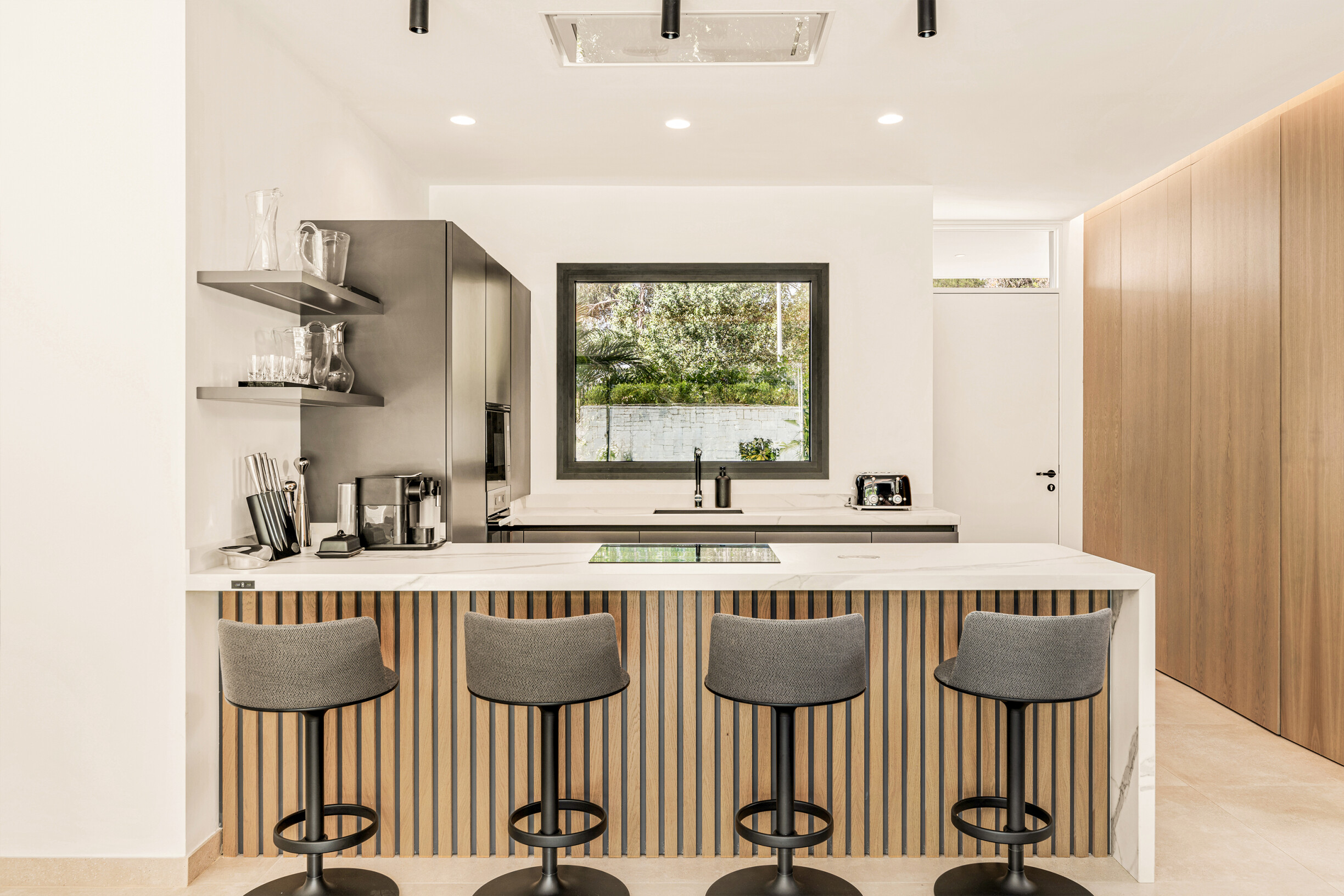
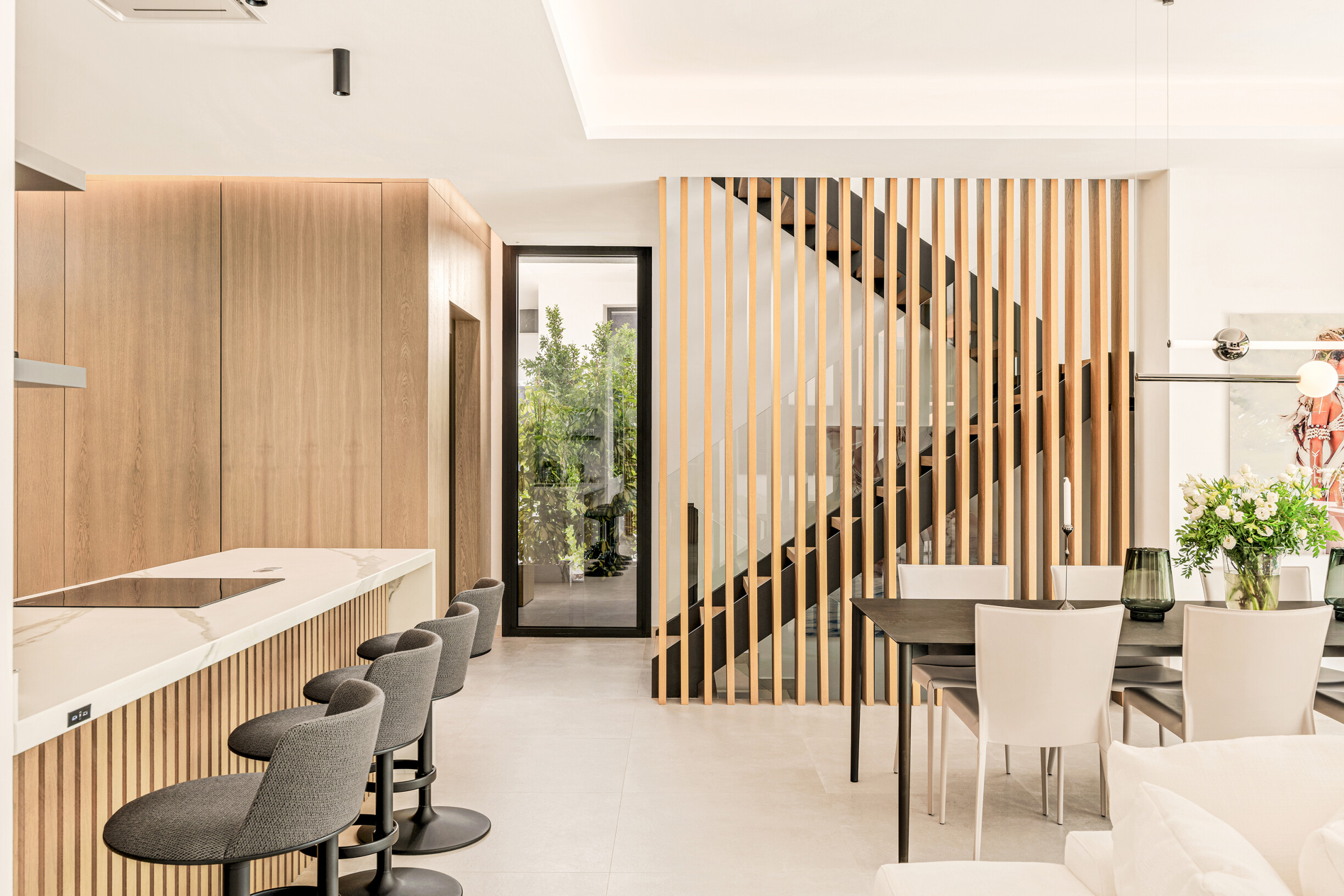
HC: XBD Collective is recognized for its innovative approach. How do you foster creativity within your team? What drives you to stay ahead of the curve in an ever-changing industry?
ES: Fostering creativity within my team is a multi-faceted process. While attending events and exhibitions helps us stay connected to market trends, I prioritise a more timeless perspective. My focus is on creating designs that embody elegance and sustainability rather than chasing fleeting fads.
Additionally, I believe in building a diverse team at XBD Collective, where each member adds value with their unique viewpoint. This variety enriches our design process, allowing us to approach projects from different angles. Thus, the international composition of our team is vital, especially in a culturally rich environment like the UAE. Having employees from various backgrounds encourages a breadth of ideas and insights, helping us avoid groupthink. Furthermore, this openness fosters a curious mindset where every project not only contributes to our growth as designers but also offers opportunities for personal discovery. Ultimately, I aim to create timeless designs that will remain beautiful and relevant for our individual clients, regardless of shifting market trends.
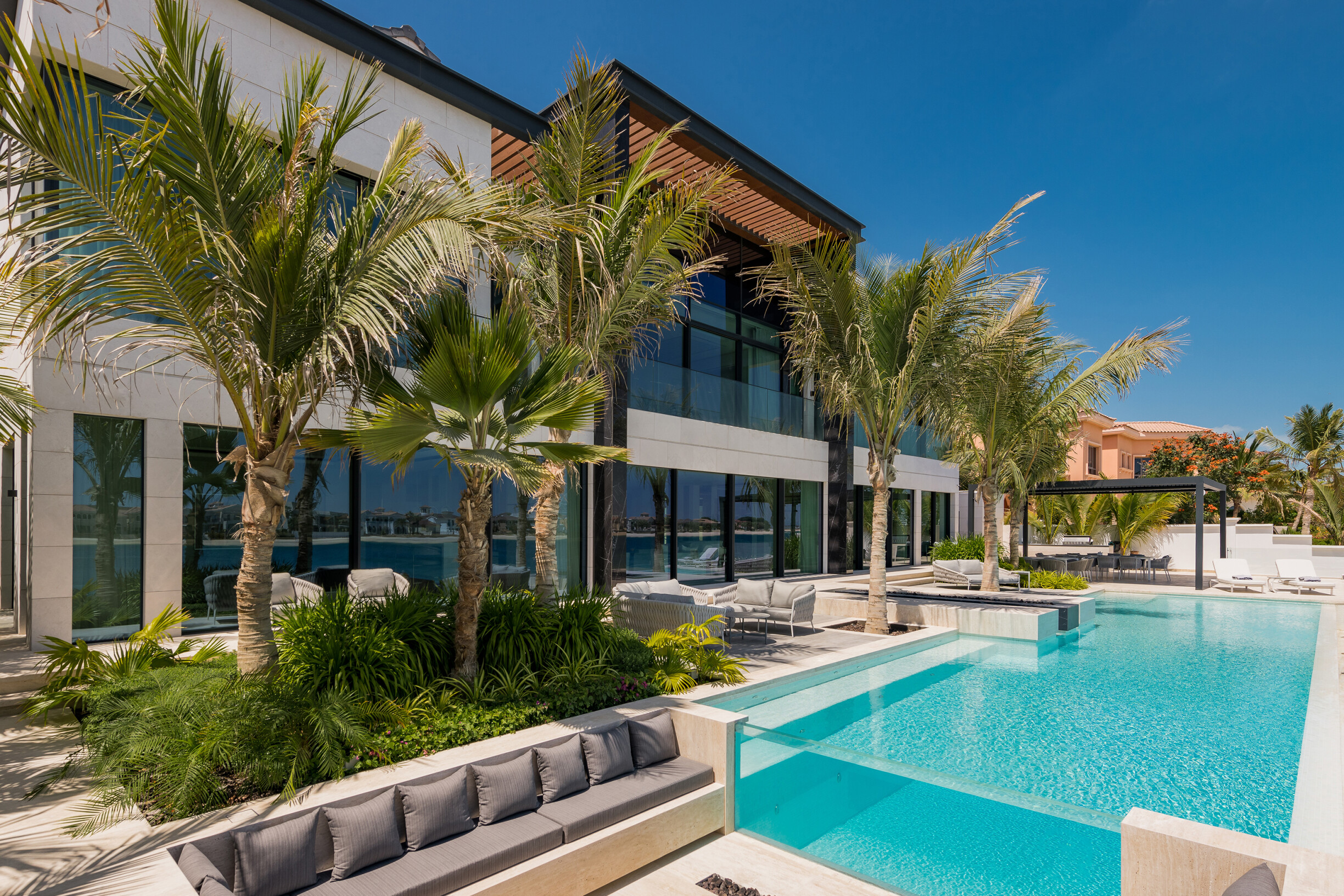
HC: With your global presence, how do you integrate sustainability into your designs while catering to different cultures and climates across regions like the UAE, Europe, and Asia?
ES: At XBD Collective, we tailor our sustainability strategies to the unique climates and cultural contexts of each region we work in. In the UAE, for instance, we embrace passive cooling techniques and local materials to reduce energy consumption. Projects like Solar House exemplify this approach, featuring photovoltaic technology and grey-water systems, driven by our client's commitment to sustainability.
In the St. Regis Residences Financial Centre Road project, our commercial team designed the façade with extensive shading through balconies, effectively minimising direct sunlight exposure in the apartments. Similarly, at Rixos Residences, we specified recycled materials, reinforcing our dedication to eco-friendly practices.
When designing Al Thuraya Island, we incorporated principles of cross-ventilation and strategic shading into the master plan and architectural design for the different villa typologies. This careful consideration of local conditions allows us to create spaces that are not only environmentally responsible but also culturally relevant.
In Europe, our focus shifts towards enhanced insulation and renewable energy solutions, while in Asia, we blend traditional design elements with modern eco-friendly practices. By prioritising locally sourced materials and energy-efficient systems, we ensure that our projects fulfil both cultural needs and environmental goals across all regions.
HC: When working on projects with such diverse cultural and functional needs, how do you balance innovation with practicality and client expectations?
ES: Understanding the diverse clientele in the UAE is a nuanced process that takes years to develop. Having spent over two decades in the region, I’ve come to appreciate the significance of empathy, patience, and a non-judgmental attitude. Our clients present a wide array of needs and lifestyles, especially in residential interior design. Some may come from royal backgrounds, their tastes shaped by global exposure through education and travel, while others are self-made millionaires seeking a home that reflects their cosmopolitan lifestyles and personal achievements.
This variety underscores the importance of delving into the psychology of each client, allowing us to create spaces that resonate with their unique identities. Additionally, it’s essential to stay informed about the practicalities of design within specific masterplans and to consider long-term economic viability, particularly for homes intended for resale in the secondary market. By combining innovative design solutions with a deep understanding of our clients’ aspirations and the constraints of their environments, we can deliver spaces that are both imaginative and practical.
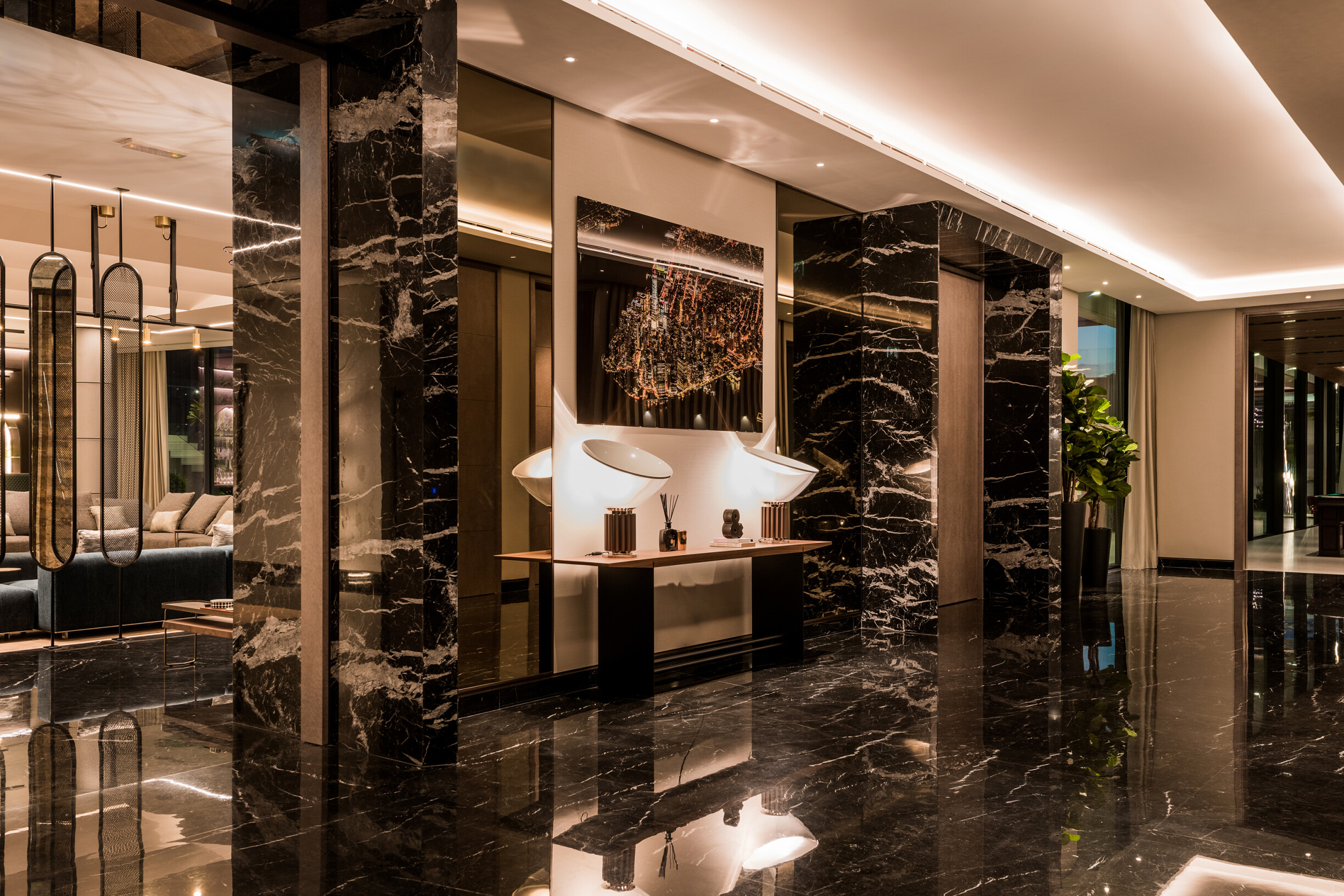
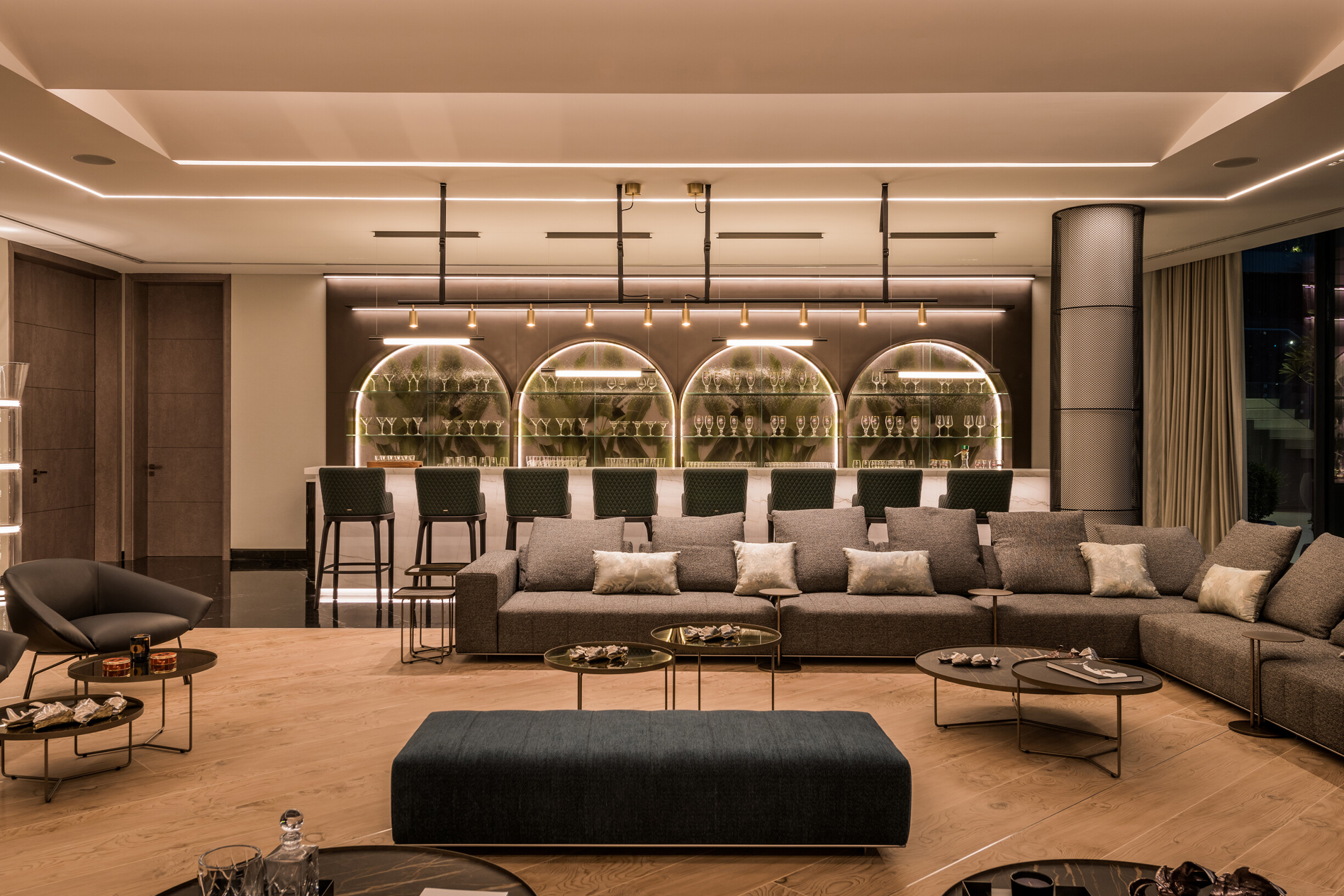
HC: What do you believe are the key sustainability trends that should be adopted in interior design to create long-lasting, eco-friendly spaces?
ES: The landscape of sustainable design is rapidly evolving, and several key trends are emerging that can significantly enhance the eco-friendliness and longevity of interior spaces.
Circular Design is one of the most impactful trends, focusing on the use of materials that can be recycled or repurposed at the end of their life cycle. This approach minimises waste and encourages a more sustainable manufacturing process, aligning with our efforts at projects like Rixos Residences, where we specified recycled materials.
Biophilic Design is also gaining traction, emphasising the integration of natural elements such as greenery and natural light into interiors. This trend not only enhances aesthetic appeal but also improves occupant well-being, making spaces feel more connected to nature.
Sustainable Materials play a crucial role in creating eco-friendly environments. Choosing low-emission, non-toxic materials is essential, and incorporating local resources reduces transportation-related emissions while supporting local economies. In projects like Solar House, we've explored innovative materials that align with our sustainability goals.
Energy Efficiency is another critical trend. Incorporating smart lighting, energy-saving systems, and designs that utilise natural ventilation—like those implemented at AlThuraya Island—can significantly reduce a building's energy footprint. These systems not only lower operational costs but also create healthier living environments.
Moreover, Adaptive Reuse—the practice of repurposing existing buildings for new uses—should be encouraged to conserve resources and preserve cultural heritage.
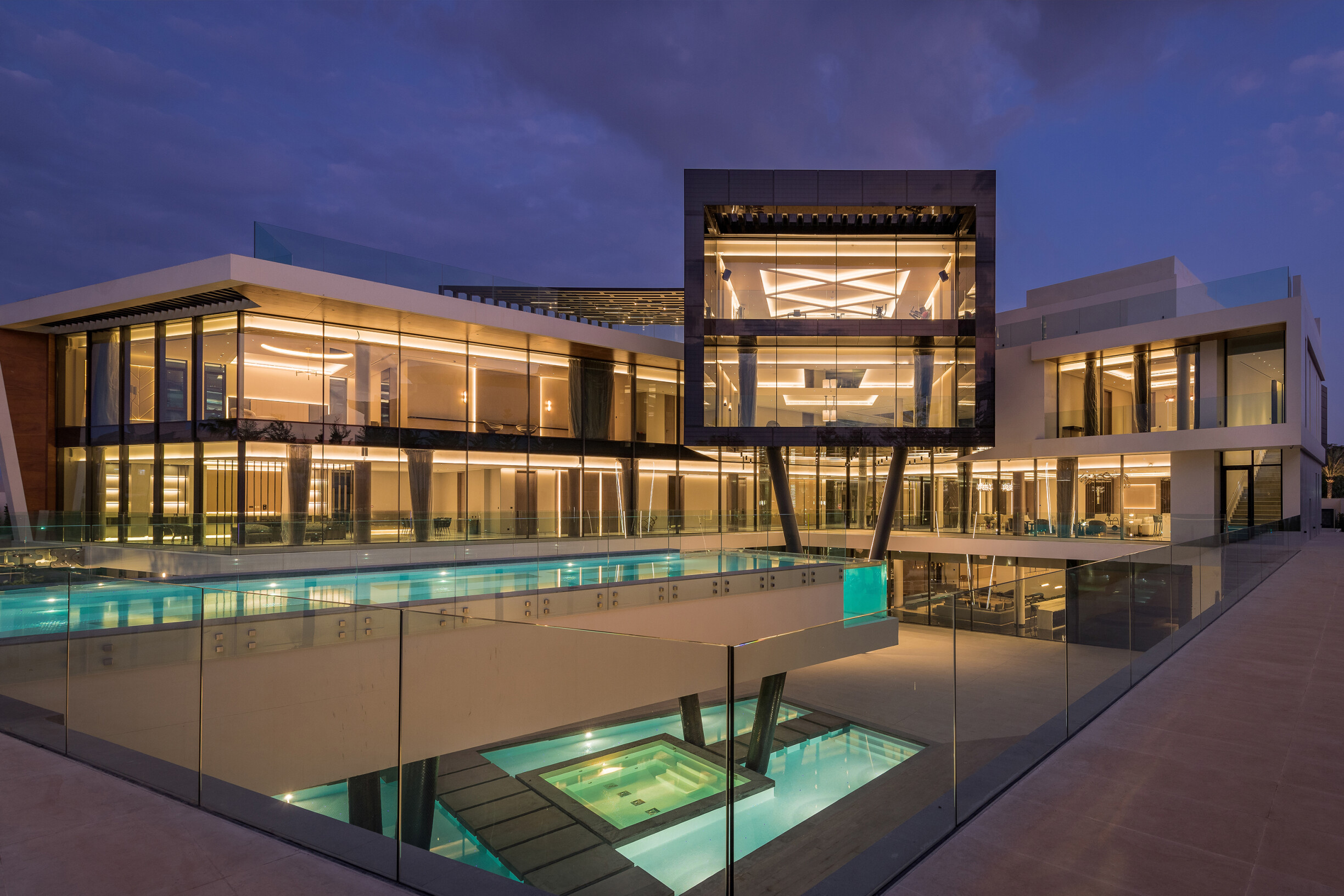
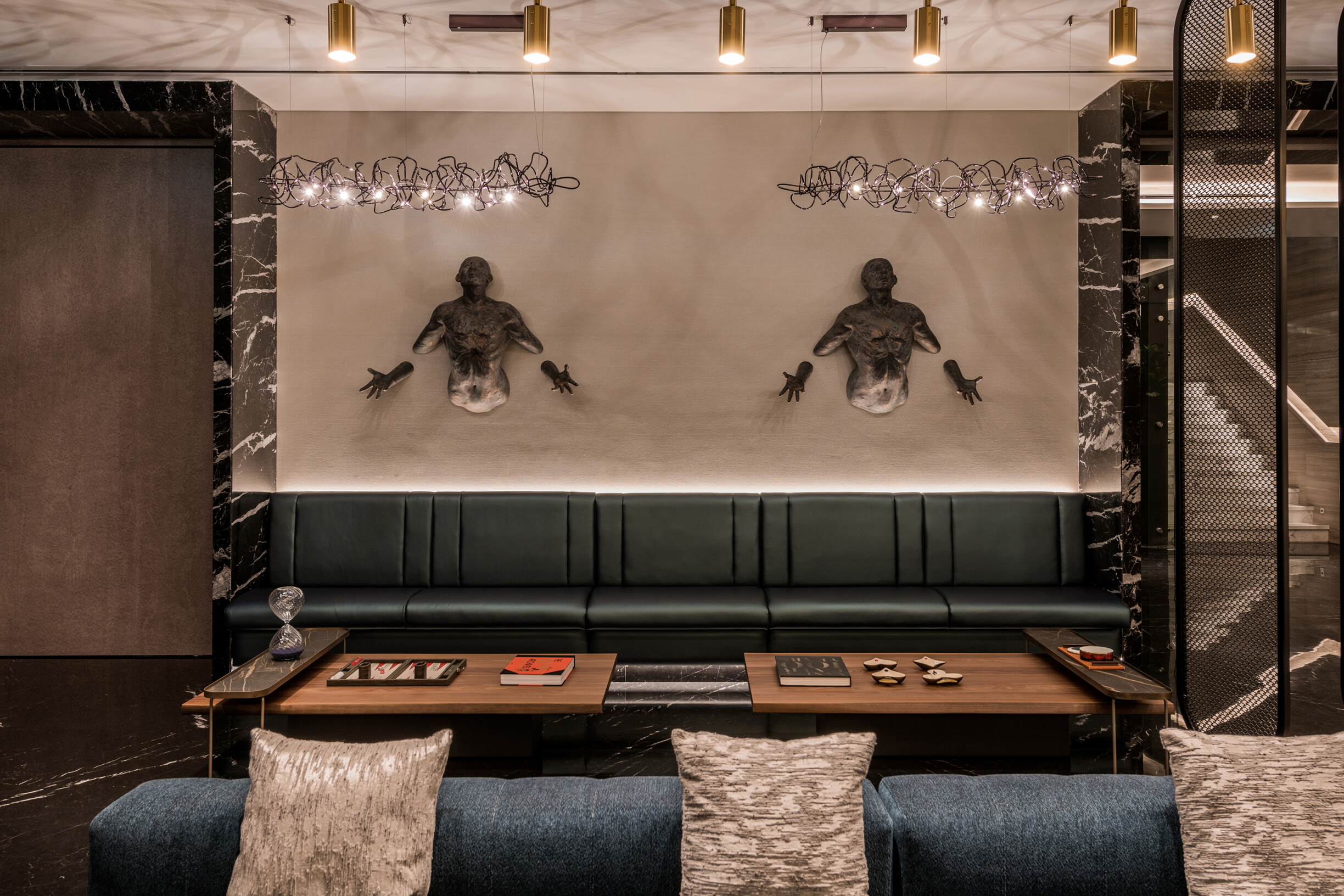
HC: What legacy do you hope to leave in the design world? How do you want your projects to impact not just the industry, but the people who experience your work?
ES: I aspire to be remembered for a commitment to excellence that transcends budgets and challenges. My goal is for XBD Collective to be recognised as a trusted source for delivering high-quality design, regardless of the project's constraints. I want our work to embody a standard of excellence that becomes synonymous with our brand, ensuring that our signature style is acknowledged on an international scale.
Beyond the aesthetic, I hope my projects will positively impact the lives of those who experience them. Design has the power to enhance well-being, foster connections, and create environments that inspire. Whether it’s a luxurious residence or a thoughtfully designed community space, I want my work to resonate emotionally with individuals, providing them with a sense of belonging and comfort.
I also hope to influence future generations of designers by championing sustainability and cultural sensitivity in our work. By prioritising these values, I aim to create a ripple effect within the industry, encouraging others to adopt a holistic approach to design that considers both the environment and the diverse needs of communities. Ultimately, my legacy will be defined not just by the buildings we create, but by the lives we touch and the lasting impressions we leave on the world around us.
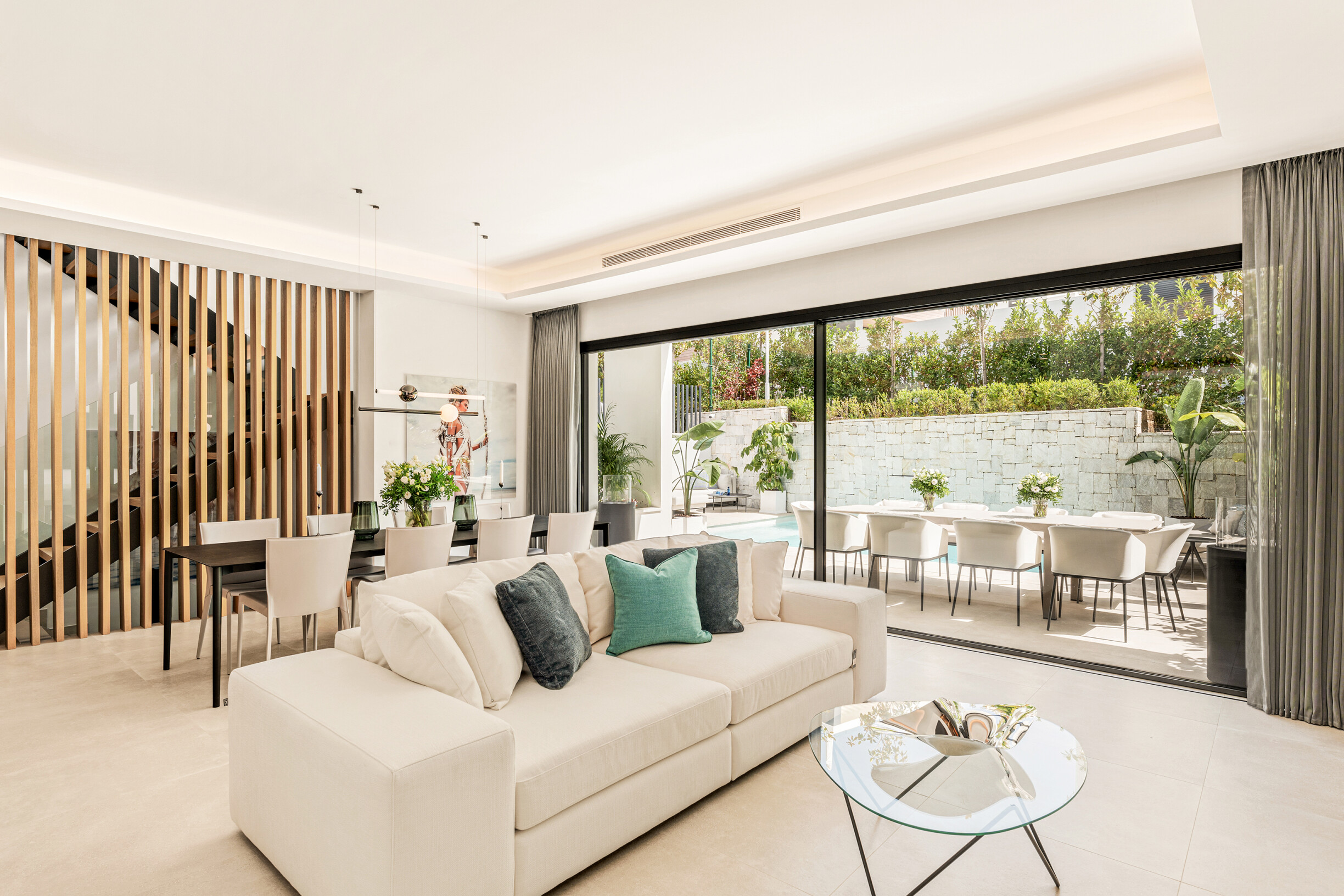
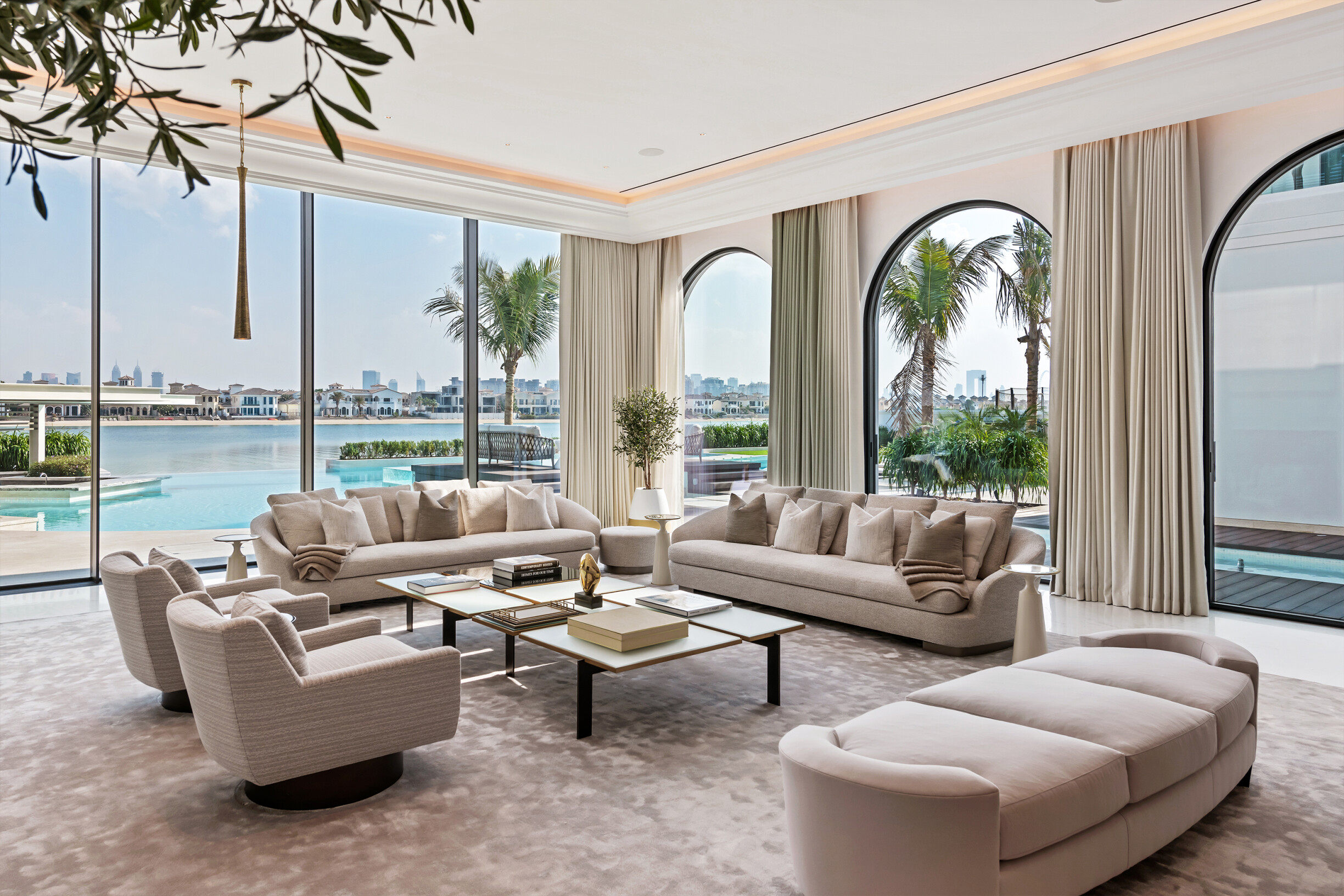
HC: What advice would you give to young women entering the fields of architecture and interior design? How can they overcome obstacles and make their mark in the industry?
ES: My advice for young women entering architecture and interior design is to start small but aim to make a significant impact with each project. Focus on creating excellence, even in seemingly minor tasks, as this will build a strong foundation for your career. Patience is key; growth often happens organically, shaped by your unique circumstances and experiences.
Continuous learning is essential in this ever-evolving industry. Seek out mentors within the field and from diverse backgrounds, as their insights can offer invaluable perspectives and guidance. Engaging with mentors can also help navigate challenges and identify opportunities that might otherwise go unnoticed.
Additionally, embrace your individuality. Every voice adds richness to the design conversation, and your unique perspective can drive innovation. Don’t shy away from taking risks and advocating for your ideas. Building a supportive network of peers can also provide encouragement and collaboration opportunities, fostering a sense of community.
Lastly, remember that resilience is vital. The path may come with obstacles, but persistence and dedication will help you carve out your space in the industry. By embodying these principles, young women can not only overcome challenges but also leave a meaningful mark on the fields of architecture and interior design.